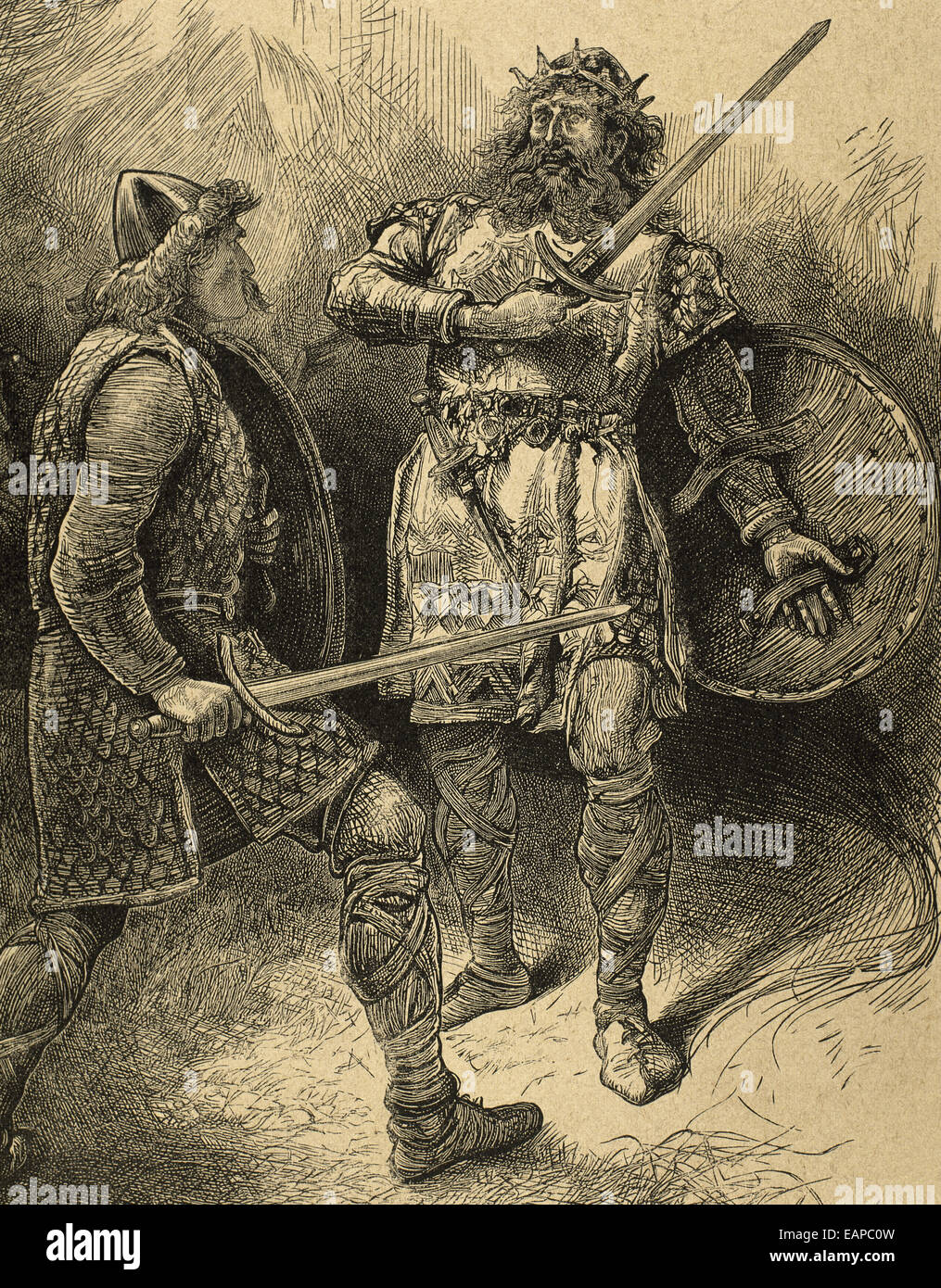
You’d see the sets, when what we really wanted to see was the face filling the frame as much as possible.” Kathryn Hunter, Joel Coen, Bruno Delbonnel on the set of the set of “The Tragedy of Macbeth” Courtesy of filmmaker “If you think about the same scene in anamorphic, you have a lot of air on both sides, which for us would have been counterproductive.

“We wanted to focus on the rhythm of Shakespeare’s language and the power of the lines, and there is nothing better for close-ups and establishing the presence of the actor on screen than the Academy frame,” Delbonnel explained. One of the first decisions Coen and Delbonnel made in order to achieve the abstracted quality they desired was to shoot in black-and-white the other was composing for the almost square Academy aspect ratio (a choice that makes the film particularly stunning when viewed on a vertically oriented IMAX screen). To that end, Delbonnel and production designer Stefan Dechant eschewed as much ornamentation as possible in the lighting and sets, stripping the imagery down to its essentials. The Best Cinematography of the 21st Century And I don’t want to go to Scotland, I want to shoot everything on a stage.” Over the course of a year of discussions and planning, Delbonnel realized that Shakespeare’s ideas and dialogue were so complex and beautiful that the simplest possible form would be ideal to express them he adopted the idea that the film would be the cinematic equivalent of a haiku, where a whole world is conveyed in a few sentences.
#Tragedy of macbeth movie#
“I don’t want to shoot a play, I want it to be a movie - but I’m interested in exploring the theatricality, and what is theater.

“He called me one day and said, ‘I want to do this little movie, it’s called ‘ The Tragedy of Macbeth,’” Delbonnel told Indiewire in a recent interview. Director of photography Bruno Delbonnel’s first three collaborations with Joel and Ethan Coen ranged from a comic segment of the anthology film “Paris, Je T’aime” in 2006 to the NYC ’60s-era folk music dramedy “Inside Llewyn Davis” to their hilariously idiosyncratic Western “The History Ballad of Buster Scruggs.” But even having worked with the directors on a range of subject that wide, Delbonnel was still surprised by the next film Joel contacted him about, one he would be directing without Ethan by his side.


 0 kommentar(er)
0 kommentar(er)
